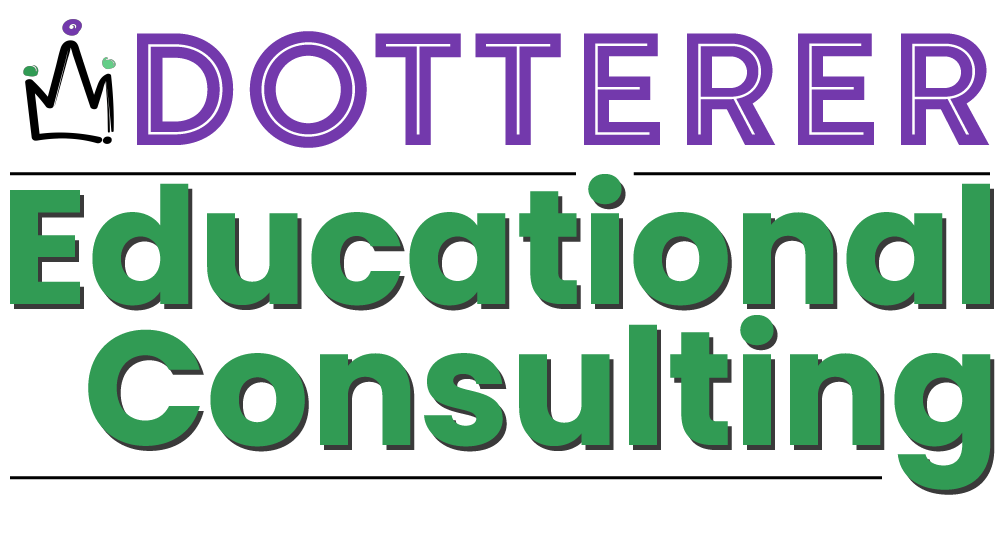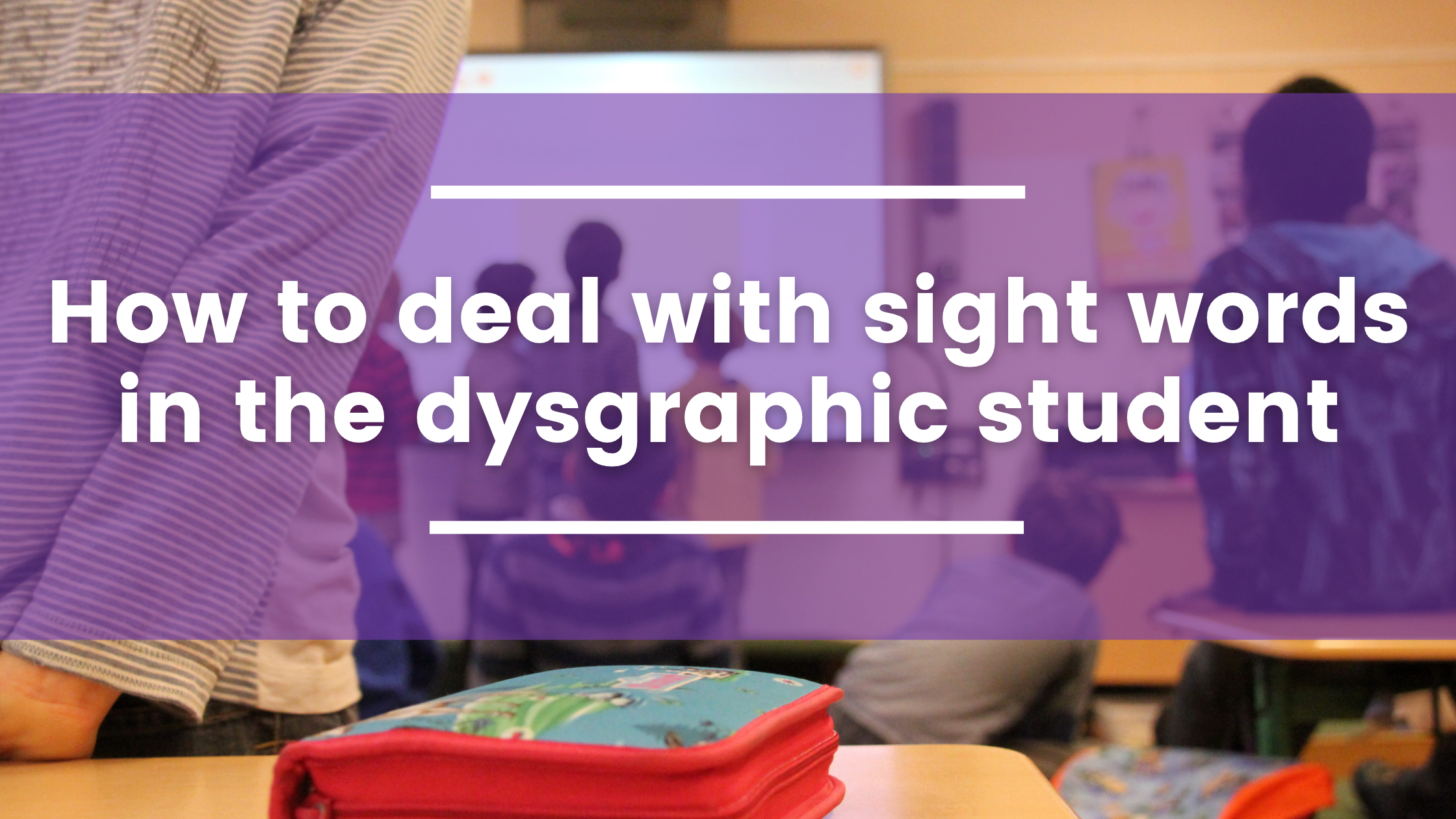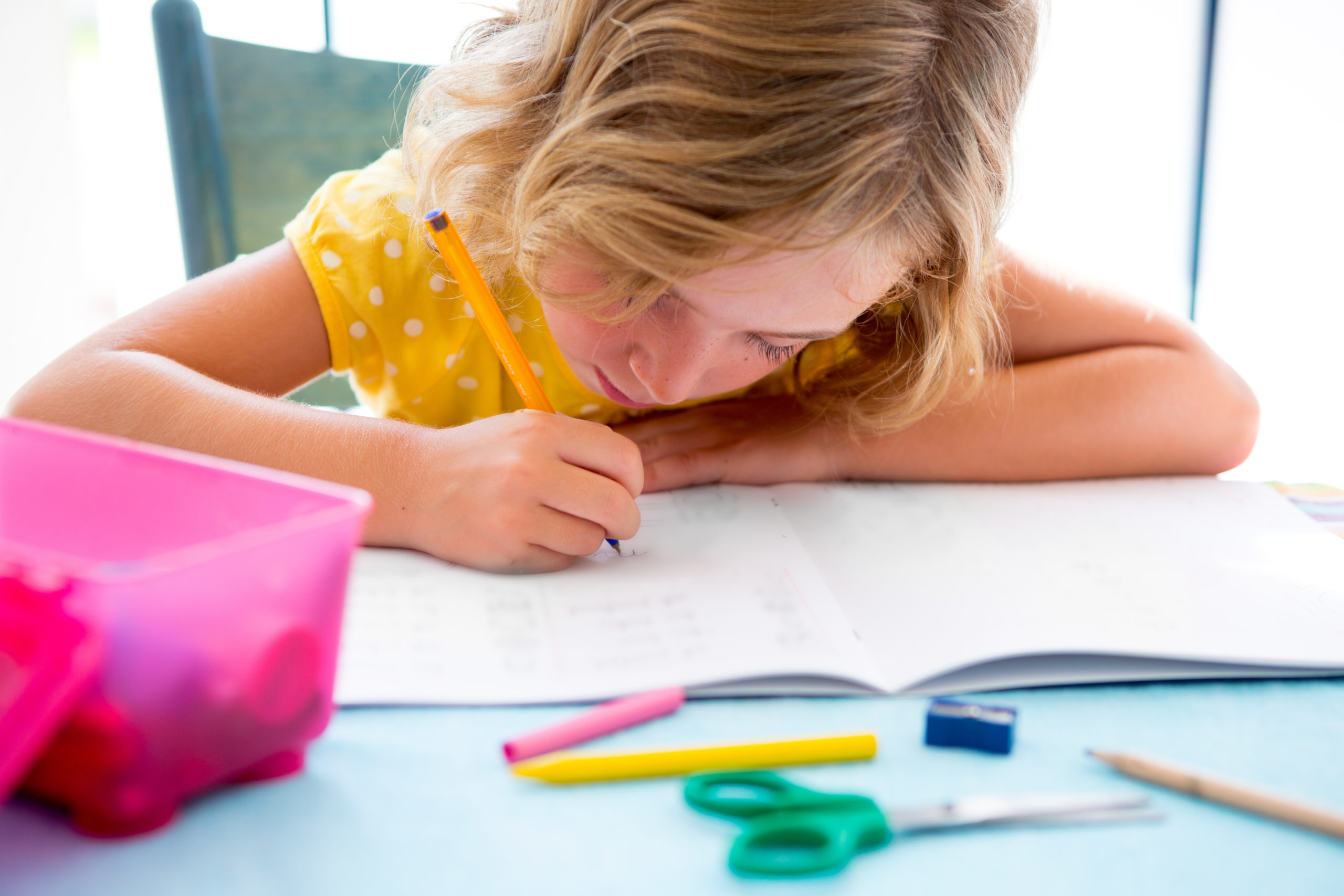After discussing sight words with one of my students a few years ago, I realized that many spelling adaptive curriculums do not include bilateral kinesthetic movements. However, they do have dominant hand air writing or tracing.
Earlier that day, I listened to Jim Kwik talk about his quick memorization techniques. He suggested using body parts to assist with memorization. Jim Kwik identifies himself with all three Specific Learning Disabilities.
I tried one of his ideas with my student. He helped decide on which body part to use. Each letter was assigned to a body part. Spelling the word enough, he chose these movements:
E = eyes
N = nose
O = open mouth
U = under chin
G = give me your hand
H = high five
We reviewed this technique for approximately 30 minutes then transitioned to another task. After about 10 minutes, we came back to “enough.” Using bilateral complete arm movements and pointing to each body part in the word, my student spelled the word enough, then wrote it on paper using his visual memory of the movements.
He and I wove this word into our treatment sessions, progressing from weekly to monthly and intermittently. If he got the word misspelled, we resumed weekly.
This technique of decreasing frequency is called Spaced Repetition. It is used by Jim Knight in his Instructional Coaching instructional program. Dr. David Larson also spoke of this practice in his speech at Jim Kwik’s SuperHero Conference several years ago.
Since the word “enough” was successful, I developed movements for every letter of the alphabet. I call this kinesthetic alphabet the Body Sentence Alphabet.
Here is a video created by one of my clients with her children. She has remarked to me more than once that this alphabet has helped her dyslexic students recall words. She is a dyslexia therapist.
You can also find the Body Sentence Alphabet in my book, Handwriting Brain-Body DisConnect, on page 156.



Are the times for the dysgraphia webinar Eastern/Central/Western time zone? I am in the central time zone therefore, if I sign up, I want to make sure I am there to listen in.
All times are Eastern Time.
Let me clarify that. All programs that I provide are in Eastern Time. I cannot tell you when others schedule their events.